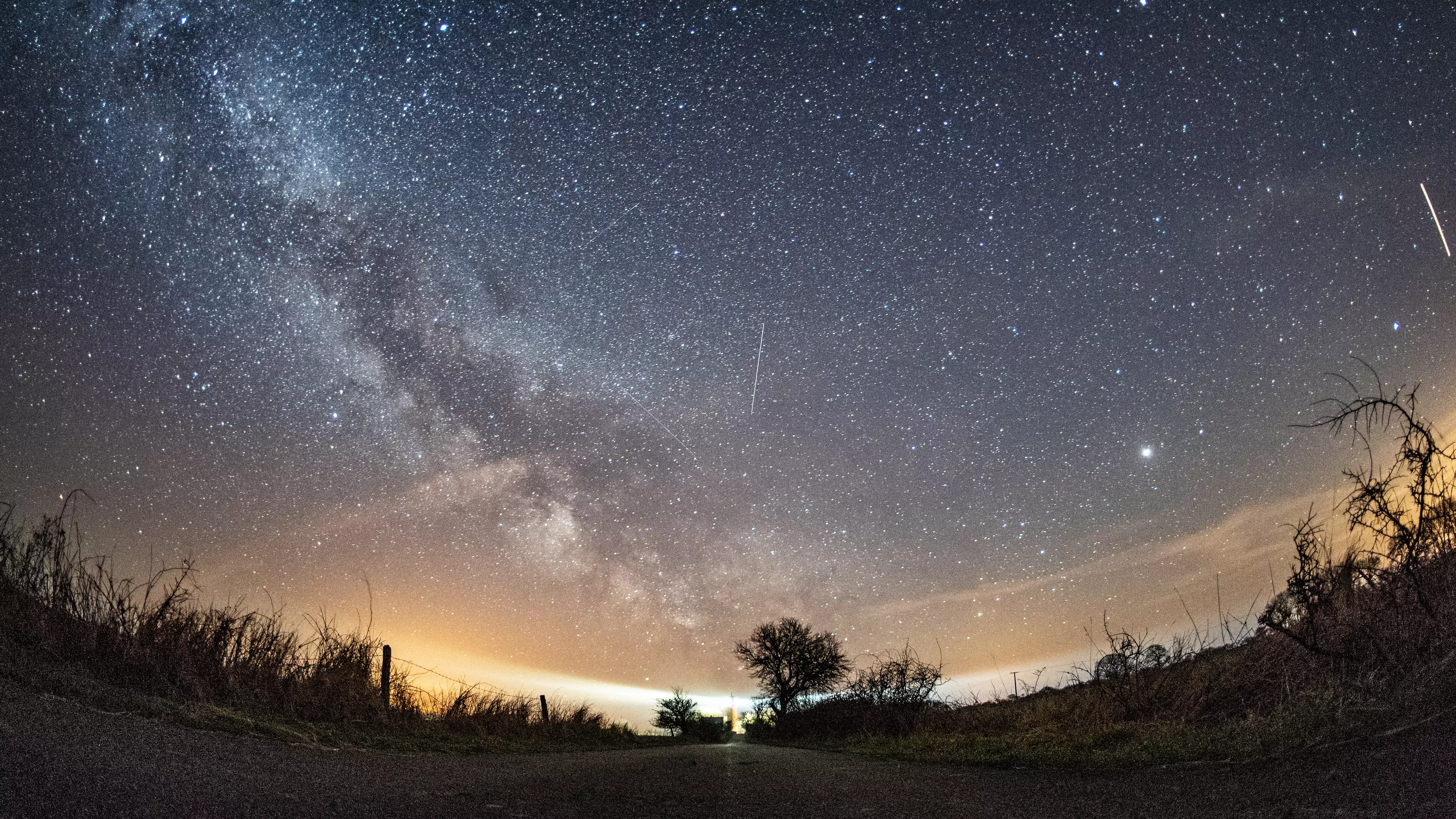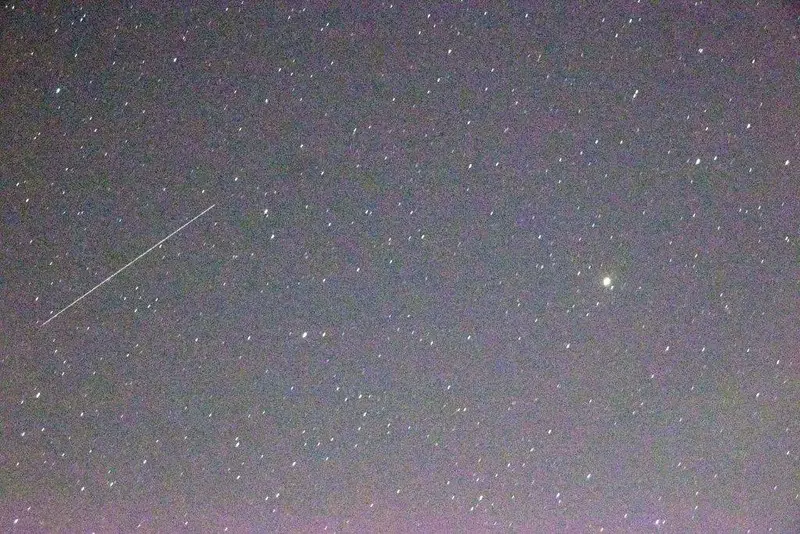
One of the oldest known meteor showers will light up Australia's night's sky this week as it hits its peak.
The Lyrid Meteor Shower has been documented as far back as 2,700 years.
According to 9News, the event happens every April and usually hits between the 16th and 25th; however the peak of the shower will be on Wednesday and Thursday night.
Advert
The best time to witness the celestial phenomenon is around midnight, pending clear skies and limited light pollution.
The shower is made up from debris from a comet called Thatcher, and is created as falling debris from the aforementioned comet as it burns up in Earth's atmosphere.
In previous years, there have been 'outbursts' of as many as 100 meteors per hour. That would be quite something, wouldn't it?
Advert
NASA's advice suggests that you come 'prepared with a sleeping bag, blanket or lawn chair' - provided you have space on your property to lie down outside without getting fined for breaking social distancing rules.
It says: "Lie flat on your back with your feet facing east and look up, taking in as much of the sky as possible."

After about half an hour in the pitch black, your eyes will 'adapt and you will begin to see meteors'.
Advert
Unluckily for Aussies, the Northern Hemisphere is where the Lyrid shower is going to be most visible.
They also had a pretty dazzling display overnight with Elon Musk's Starlink setup.
People noticed an eerie chain of lights winding their way across the night sky last night and it's expected to be visible tonight as well.
The exact times of the passes can be found at this website.
Starlink, in case you're wondering, is part of Elon Musk's SpaceX project, and aims to put a whole load of low-orbit satellites into orbit to improve the internet service around the globe.
Advert
While they're cool for us to see, not everyone is so chuffed about Musk's efforts to improve the world's reception. Some astronomers have even called it a 'crime against humanity'.
That's because they reflect light back at the earth, meaning that it is difficult for the scientists to actually observe the night sky beyond the satellite chain.
The latest launch of Starlink was the fifth so far, and took the total number of satellites up to 300. Eventually, they aim to have 4,425 units up there. That really is a lot of satellites.
Featured Image Credit: PA